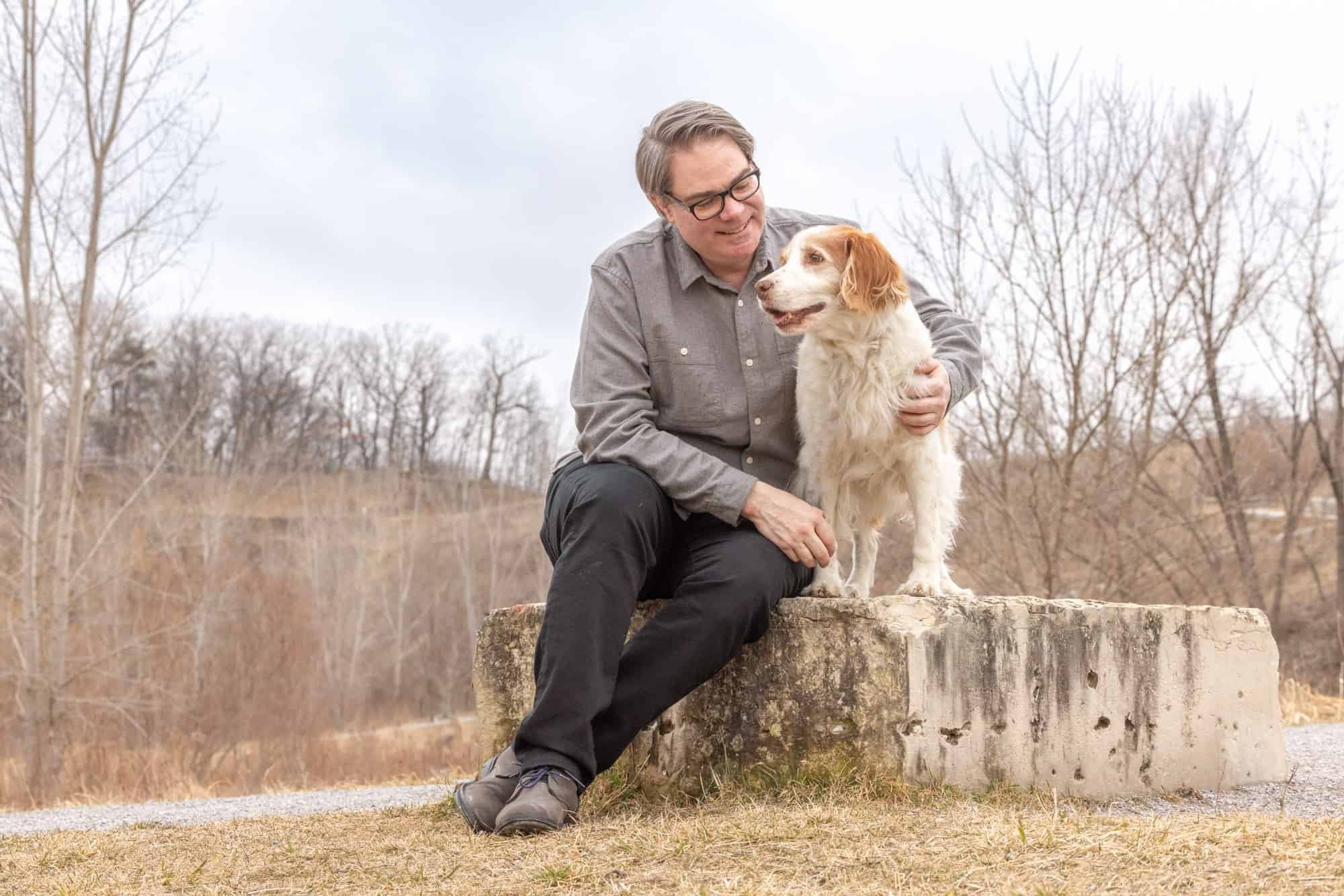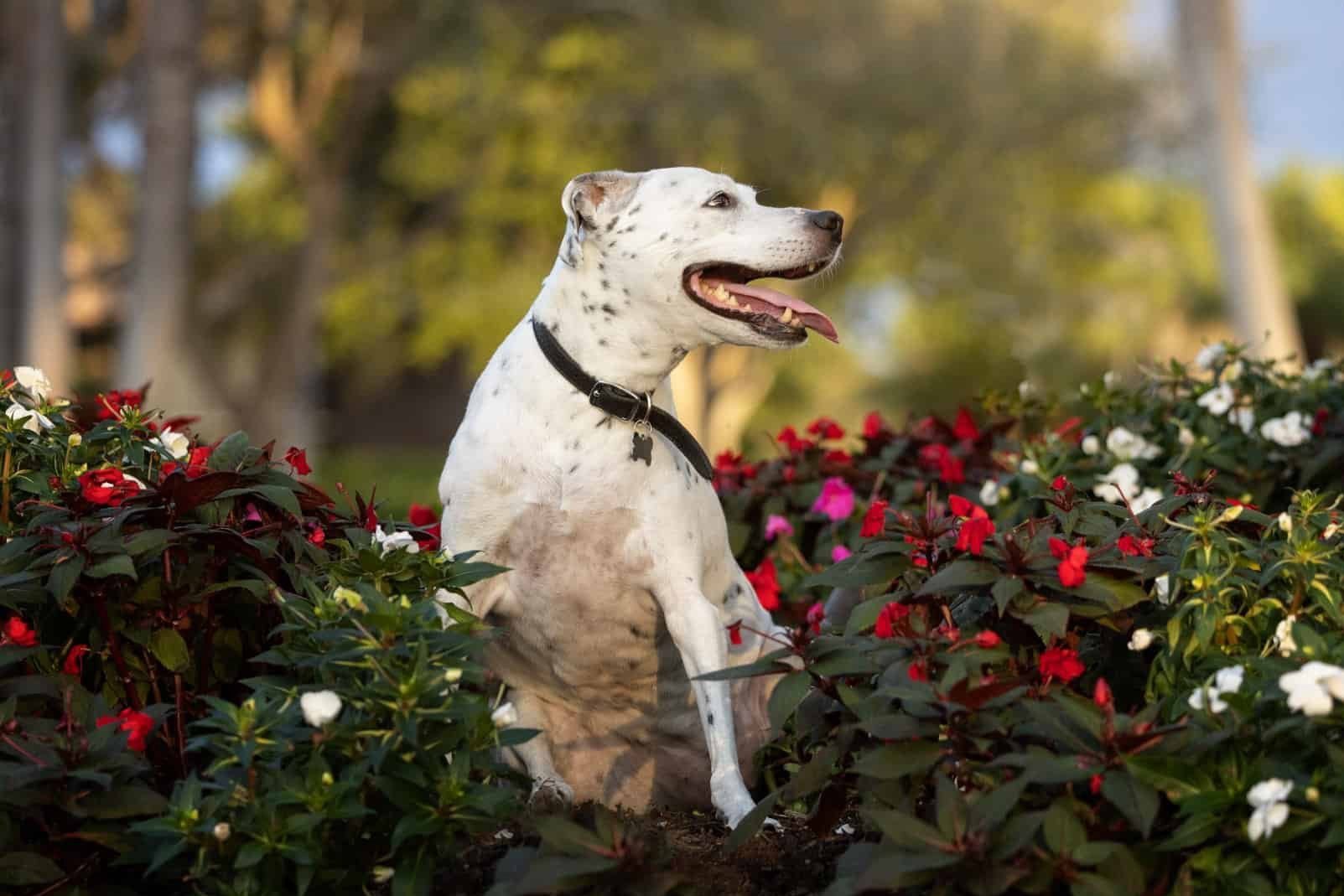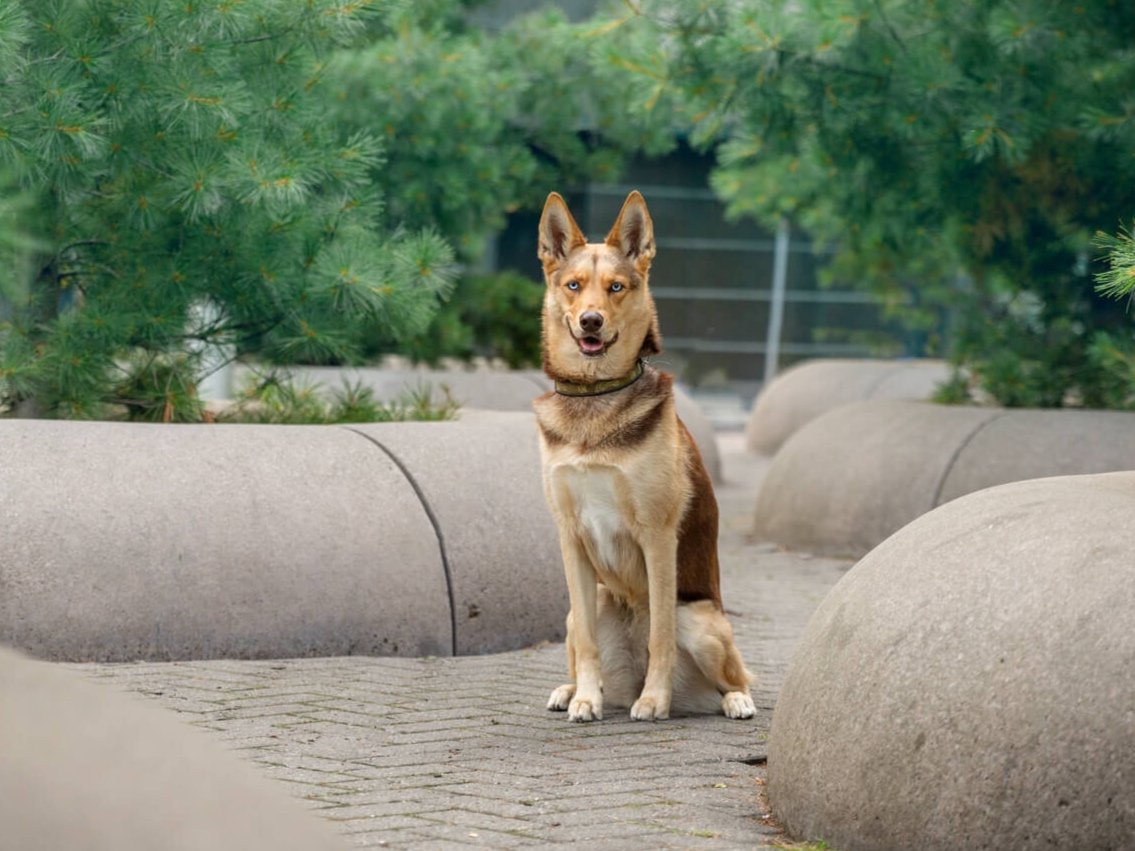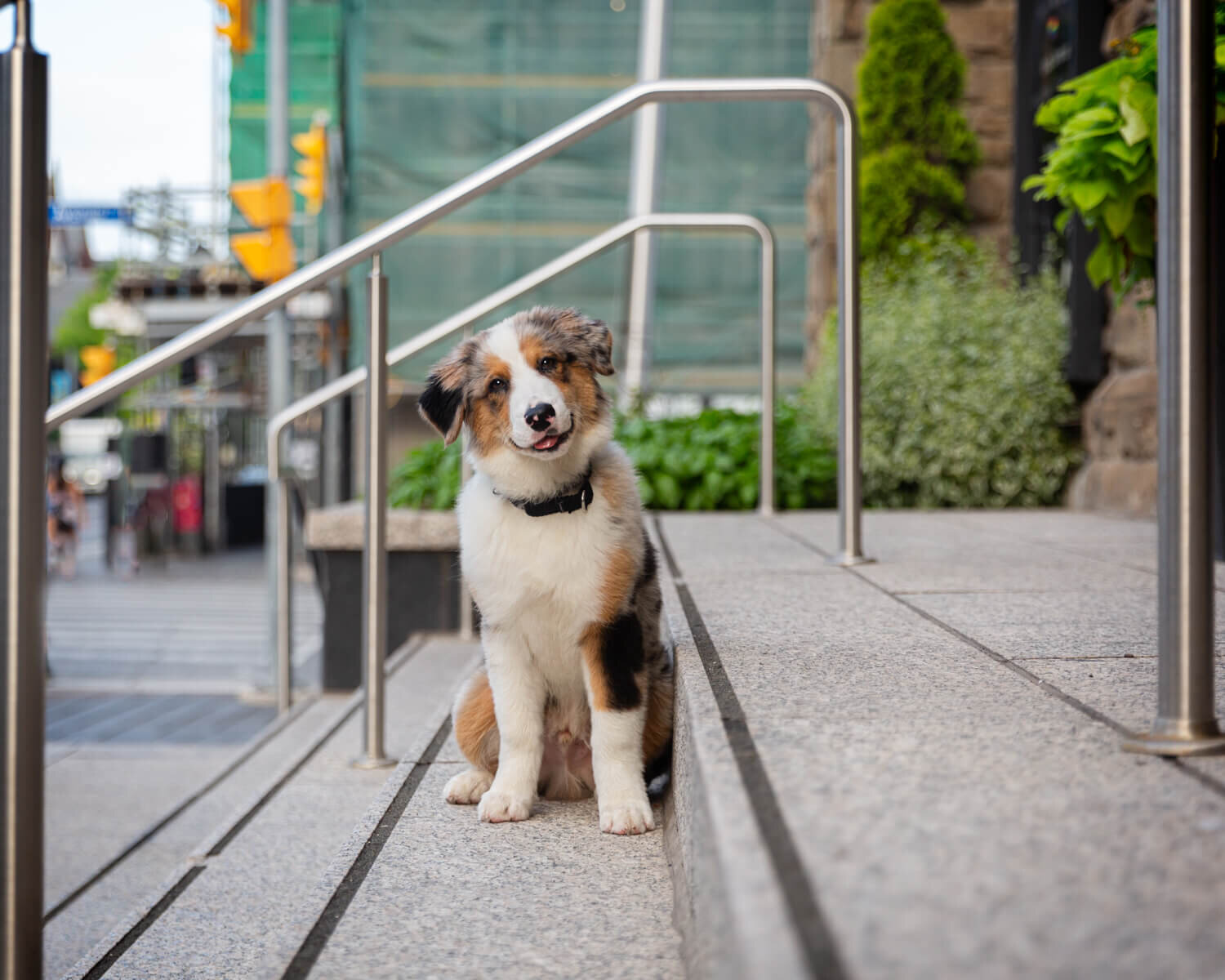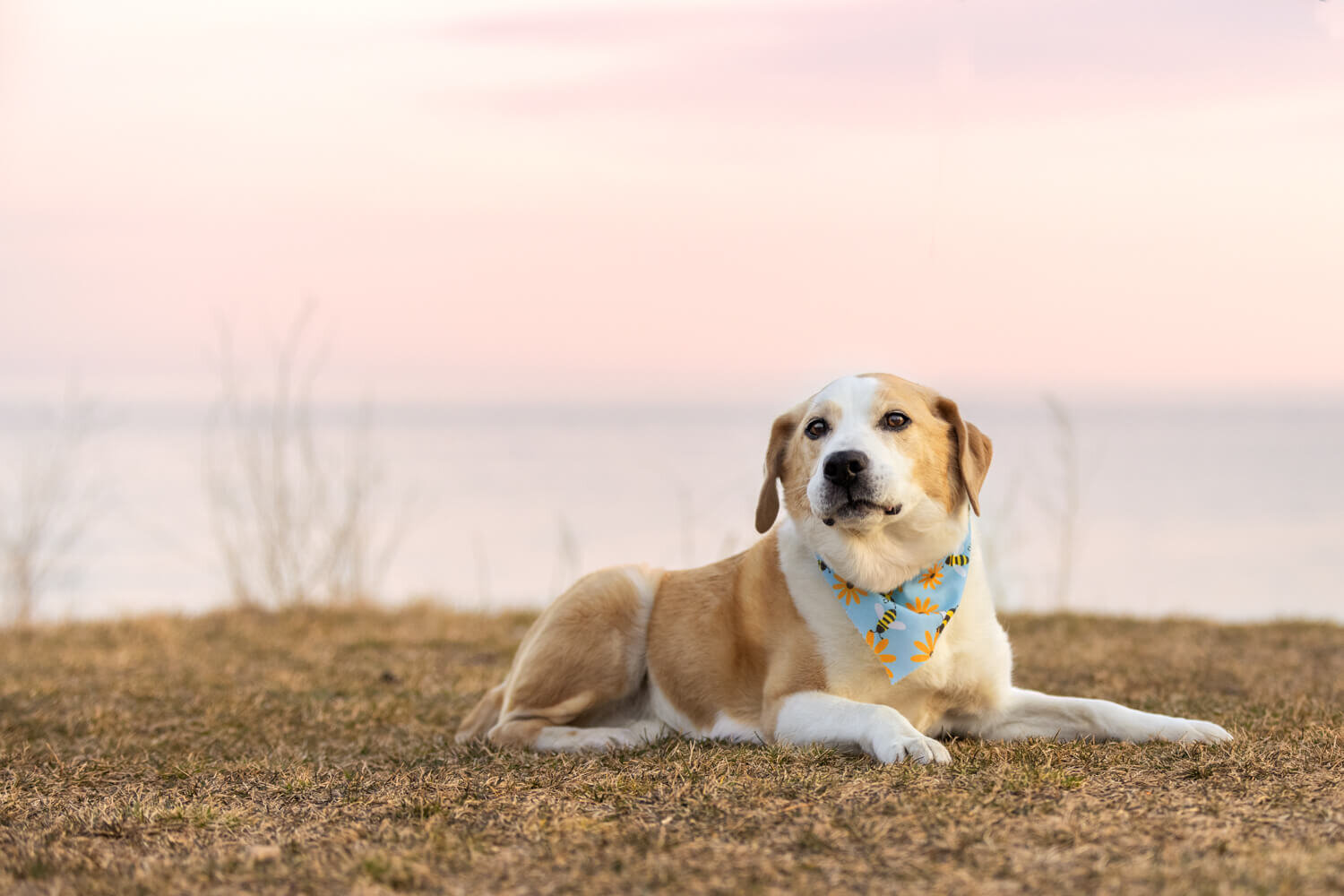Pet Photography Tip - Framing in Composition of your dog portraits
/When we talk about framing your pet, we can focus on two types of framing: Your dog portrait displayed in a beautiful frame, or the framing used by the photographer as a compositional technique to surround your dog in the photograph itself.
To be honest, as a professional pet photographer, I’m talking about both, but in this post I’ll stick to the subject of composition as a tip to help you improve your own photos of your dog.
Framing as a technique in the composition of a dog portrait
1.Make your dog the star of the shot!
Let’s dive into the process of taking a great photo of your pet, starting with a simple but powerful compositional technique: framing. In photography, framing is all about using elements in the scene—like tree branches, doorways, fences, or even a gap between two rocks—to create a natural border around your subject. When you position your dog within one of these frames, it draws the viewer’s eye straight to them. It’s a subtle but effective way to highlight your pet and make them the undeniable star of the shot!
2. Provide context about the scene.
Think about a dog portrait taken in a studio. It’s often a portrait of the dog against a plain backdrop. That photo becomes simply a portrait. But with photos of a dog in a natural, home or city environment, elements that are used to create the frame to showcase the dog, also tell the viewer where or in what type of environment the photo was taken, for example a garden, or forest or city. The photo tells a little story about where the photo was taken
Think about your pup sitting under the arch of an old bridge, standing between tall autumn trees, or peeking over a garden fence. Those little details add so much personality to the photo. It’s not just a cute portrait—it captures a moment, a feeling and a place.
During my photo sessions, I'm constantly scouting for picturesque settings where I can position your beloved dog amidst natural elements that provide a beautiful frame, highlighting you and your dog. These frames vary depending on the surroundings; in natural settings, it might be lush grasses, winding pathways, tree branches, or vibrant flowers.
Urban environments offer opportunities with architectural features like columns, walls, or charming doorways that serve as distinctive backdrops.
Let’s take a look at a few examples where I intentionally placed the dog in a spot where the environment created a natural frame for the portrait. Whether it’s a pair of trees forming a perfect arch, or a patch of spring flowers gently wrapping around them, or an architectural feature highlighting the dog, these surroundings help guide the viewer’s eye straight to the star of the shot—your dog. Each setting not only adds visual interest, but also gives a little context to the moment, making the photo feel more like a scene from a story than just a snapshot.
So next time you are out and about taking photos of your dog, see if you can find some amazing framing opportunities that make your dog shine!
I have a bunch of articles on time for photographing your dog.
Here are some other tips that may be helpful to you:
But if the professional route is more to your liking then you know where to get hold of me! Just click below…
Here is more information on pet photography sessions in Toronto, Markham, Vaughan, Richmond Hill, Thornhill, Scarborough and Etobicoke


